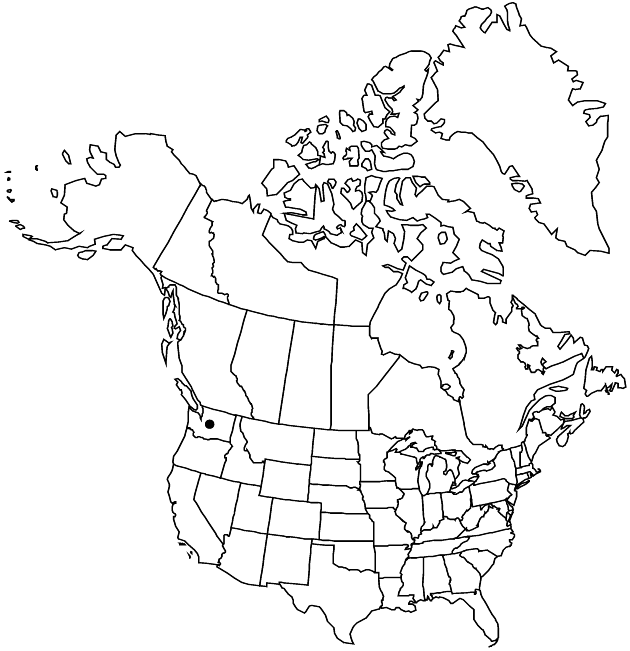Difference between revisions of "Senecio neowebsteri"
Leafl. W. Bot. 8: 143. 1957.
FNA>Volume Importer |
imported>Volume Importer |
||
| (6 intermediate revisions by 2 users not shown) | |||
| Line 7: | Line 7: | ||
|year=1957 | |year=1957 | ||
}} | }} | ||
| − | |basionyms={{Treatment/ID/ | + | |special_status={{Treatment/ID/Special_status |
| + | |code=E | ||
| + | |label=Endemic | ||
| + | }}{{Treatment/ID/Special_status | ||
| + | |code=C | ||
| + | |label=Conservation concern | ||
| + | }} | ||
| + | |basionyms={{Treatment/ID/Basionym | ||
|name=Senecio websteri | |name=Senecio websteri | ||
|authority=Greenman | |authority=Greenman | ||
| + | |rank=species | ||
| + | |publication_title=Bot. Gaz. | ||
| + | |publication_place=53: 511. 1912, | ||
}} | }} | ||
|synonyms= | |synonyms= | ||
| Line 35: | Line 45: | ||
-->{{#Taxon: | -->{{#Taxon: | ||
name=Senecio neowebsteri | name=Senecio neowebsteri | ||
| − | |||
|authority=S. F. Blake | |authority=S. F. Blake | ||
|rank=species | |rank=species | ||
| Line 49: | Line 58: | ||
|publication title=Leafl. W. Bot. | |publication title=Leafl. W. Bot. | ||
|publication year=1957 | |publication year=1957 | ||
| − | |special status= | + | |special status=Endemic;Conservation concern |
| − | |source xml=https:// | + | |source xml=https://bitbucket.org/aafc-mbb/fna-data-curation/src/2e0870ddd59836b60bcf96646a41e87ea5a5943a/coarse_grained_fna_xml/V19-20-21/V20_1218.xml |
|tribe=Asteraceae tribe Senecioneae | |tribe=Asteraceae tribe Senecioneae | ||
|genus=Senecio | |genus=Senecio | ||
Latest revision as of 19:59, 5 November 2020
Perennials, 7–15(–20+) cm (rhizomes fibrous-rooted). Herbage (sometimes purplish-tinged) floccose-tomentose, unevenly glabrescent. Stems single or loosely clustered (erect or arching). Leaves mostly cauline; petiolate (petioles about equaling blades); blades lanceolate or oblanceolate to ovate, (2–)4–8+ × 1.5–3 cm, bases tapered, margins denticulate (distal leaves smaller, lanceolate or linear-lanceolate, bractlike). Heads nodding, 1(–2). Calyculi of 4–8 lanceolate to lance-linear bractlets (lengths mostly less than 1/2 phyllaries). Phyllaries usually ± 21, sometimes ± 13, (8–)10–15 mm, tips usually greenish (often sparsely hairy). Ray florets ± 13; corolla laminae ± 15 mm. Cypselae glabrous. 2n = 40.
Phenology: Flowering late summer–early fall.
Habitat: High talus slopes
Elevation: 2200–2600 m
Discussion
Of conservation concern.
Selected References
None.
